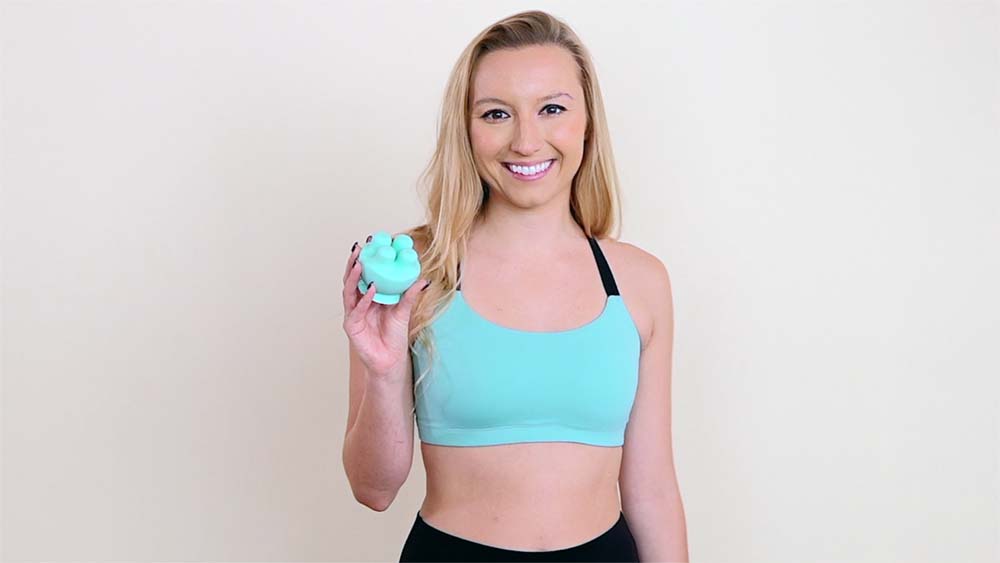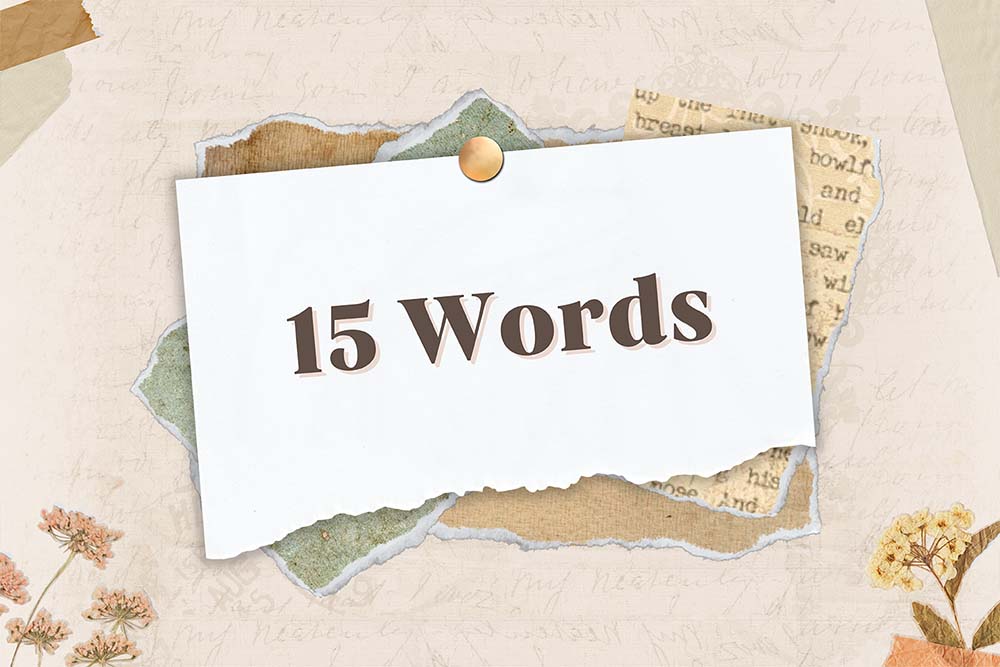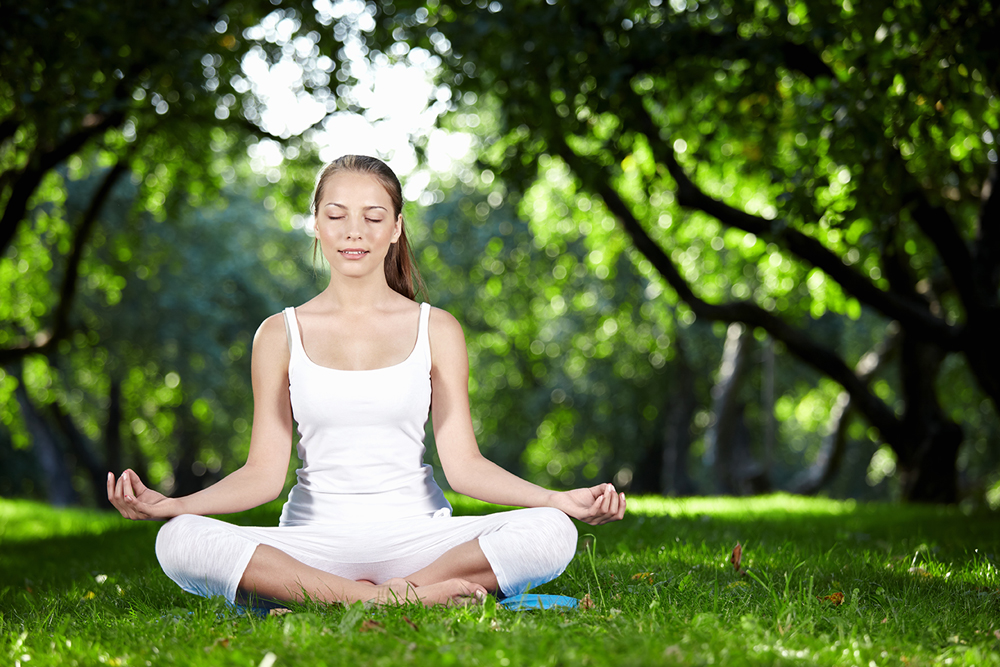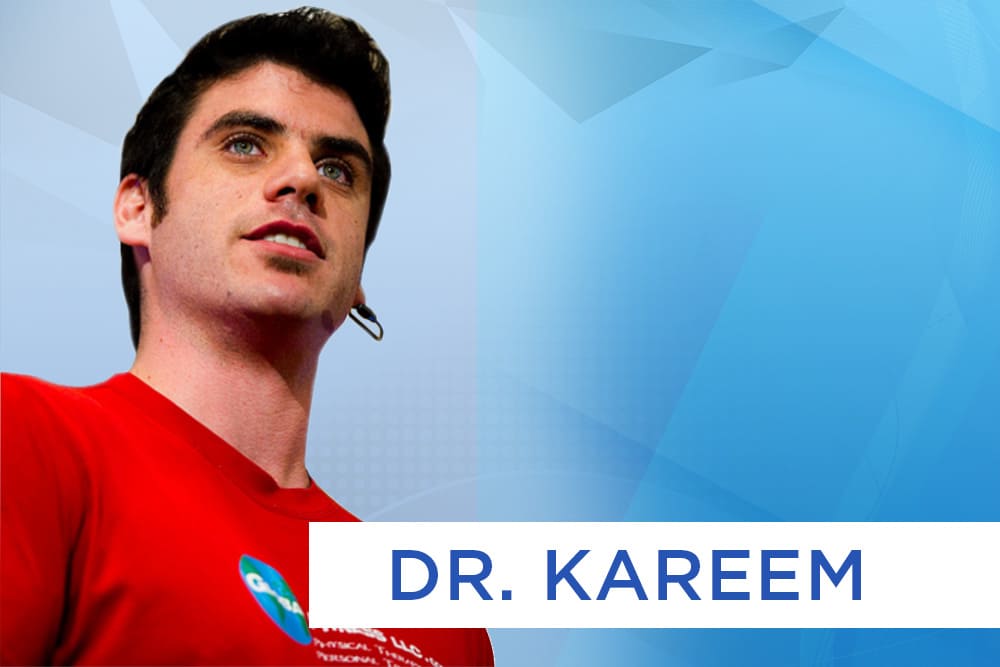Let’s face it – stress sucks.
Our bodies manifest stress as pain, headaches, nervous energy, and even fat storage. Chronic increases in stress level often result in higher cortisol levels, lower DHEA (a calming hormone in your body), and increased storage of belly fat.
From an evolutionary standpoint, this makes a lot of sense. Our bodies were stressed in the winter time since food was scarce and our environments were harsh. The natural reaction:
Produce a hormone (cortisol) to signal to the body that it’s time to store fat near the lower intestines and colon. This way, when we were starving, we could easily metabolize the fat and survive.
Alternatively, when we were being hunted or in extremely dangerous environments for prolonged periods of time, our bodies learned to stop producing a ‘relaxation’ hormone, DHEA. Thank goodness, as the hyper-alertness is likely what kept us alive.
Now, let’s fast forward to today… fluorescent lights, office duties, family obligations, loud environments, increasing responsibilities, and long hours… it’s no wonder that our bodies aren’t keeping up. It’s complete sensory overload.
Over the last 3.5 years, I’ve been slowly but surely developing and refining a technique to reduce stress in my patients and clients. In physical therapy school, you learn a lot about stress reduction techniques in order to reduce pain and ease a patient’s tension. I’ve taken these exact techniques, tried and tested them in various sequences, and mastered the fastest and easiest way to reduce stress quickly.
I recommend you treat the following as a 3 Step Stress Reduction Exercise Plan:
Step 1: Progressive Muscle Relaxation
You are going to be working every muscle in your body, nice and easily, in a very specific order. The goal is to alternate between agonists and antagonists from toe to head, allowing the concept of reciprocal inhibition to take place. This phenomenon allows you to actually turn off every one of your muscles, one by one, and decrease overall sympathetic nervous system stimulation.
Your sympathetic nervous system is your ‘Fight or Flight’ nervous system, and it controls your bodies release of adrenaline. By calming this system, you are controlling the prolonged state of being ‘hyper-alert.’
In order to do perform this exercise, alternate isometric contractions, as follows, for 10 seconds each:
- Toe curling muscles / toe extending muscles
- Ankle pointing muscles / ankle raising muscles
- Knee bending muscles / knee extending muscles
- Hip flexing muscles / hip extending muscles (glutes)
- Abs / back extensors
- Finger curling muscles (make a fist) / finger extending muscles
- Wrist curling muscles / wrist extending muscles
- Elbow flexing muscles / elbow extending muscles
- Shoulder flexing muscles / shoulder extending muscles
- Neck flexing (chin tuck) muscles / neck extending muscles
Step 2: Diaphragmatic Breathing
In this step, we are going to focus on activating our parasympathetic nervous system, or our ‘rest and digest’ nervous system. By engaging our diaphragm with each and every breath, we are automatically doing so.
Diaphragmatic breathing is ‘belly breathing,’ so it’s easy to know if you are doing this right by making sure your shoulders are not rising up and your stomach is expanding with each breath as much as possible.
When you take a sniff breath, you’ll automatically use your diaphragm, so a strong sniff breath is a great way to guarantee you’re recruiting the right muscles. Just be sure you’re not raising up your shoulders.
The goal is to breathe in for 2 seconds, hold for 1 second, and purse your lips (like blowing into a thin coffee straw) as you exhale for 4 seconds. This will bias you towards activating your parasympathetic nervous system to a greater extent that your sympathetic, and your body will naturally relax.
Make sure to take 15 breaths and count this as one rep.
Step 3: Describe Your Environment
In step 3, we are focused on making better use of our subconscious minds through conscious to subconscious influence. The idea here is that your subconscious mind is much more powerful than your conscious mind, so filling your subconscious with thoughts of relaxation and peace is like a shortcut to happiness and lower stress levels.
Here’s how I recommend you do this:
First, think of a time when you were completely relaxed and loving life. This may be your childhood at some point, out by the swing set, or on your honeymoon walking by the beach. Once you have this idea in mind, it’s time to find something in your immediate environment that reminds you of this specific experience.
For example, I like to use my honeymoon as the example, when I was in Thailand with Karen, sitting by the pool and enjoying the sun. We were sipping on a cocktail and dipping our feet in the water as we gazed over the ocean and enjoyed the warm breeze pass over our skin.
In order to replicate this feeling of complete peace and happiness in my mind, all I have to do is think about all 5 senses and find one thing that is around me to describe in full detail. This one thing only needs to share one common characteristic with my honeymoon.
In this example, I might walk outside and sit on a bench while I dangle my feet, feel the breeze, and describe out loud the feeling of the wind on my skin. I’ll notice the lightness in my legs, the smile on my face, and the horizon in the distance. Verbally, I’ll explain those common characteristics in as vivid of detail as possible, creating a link between this and my honeymoon subconsciously at the same time.
Because the vision and experience of my honeymoon is so clear in my mind, I will be able to associate ‘physical’ things with a feeling. This feeling will trigger subconscious thought process and, theoretically, allow my brain to take over and do the rest.
The goal here is to just ‘hint at your subconscious’ about your fondest memory, as it goes to work making you happy and fulfilled. Your body will feel an immediate sense of relaxation and your worries will somehow seem less important.
Repeat this process for 15 reps, 3x per day. This is an endurance exercise, so it’s best to train for long-term stress relief. The most important piece is repetition.
Mastering your nutrition and balancing your hormones are very important pieces of mediating stress. There’s one supplement that trumps all the rest when it comes to improving digestion and balancing out your body so you can get more from your food. You’re going to love it.







